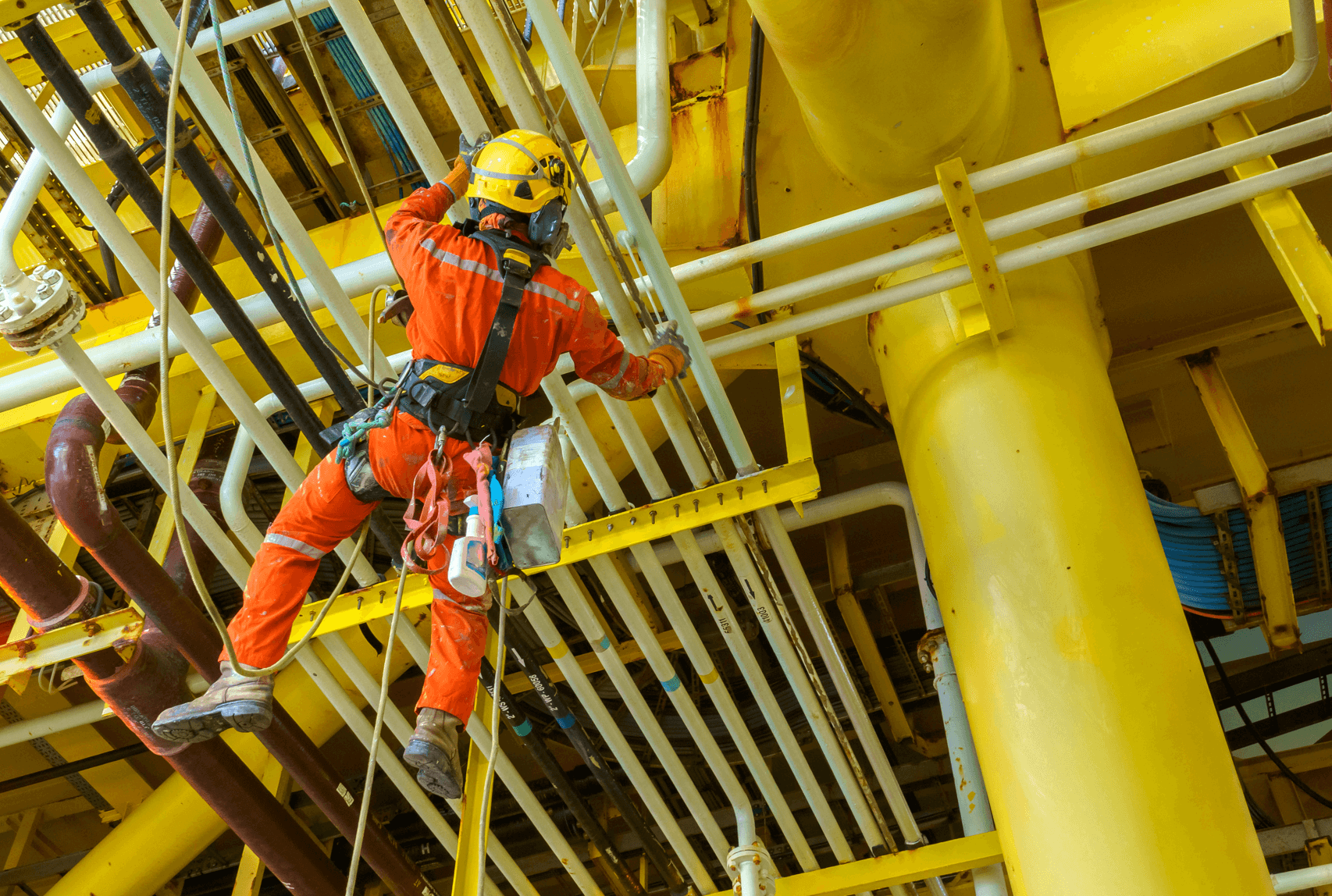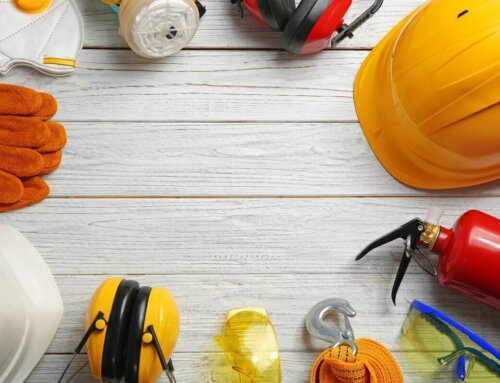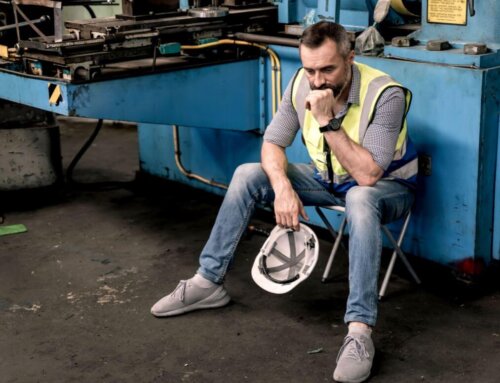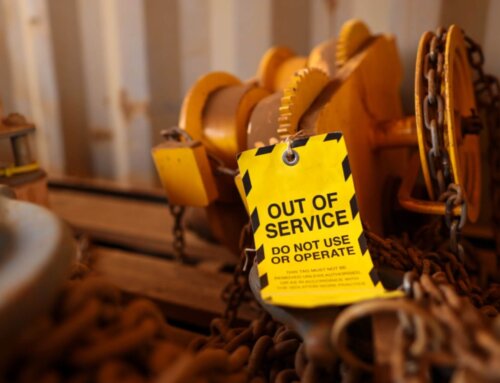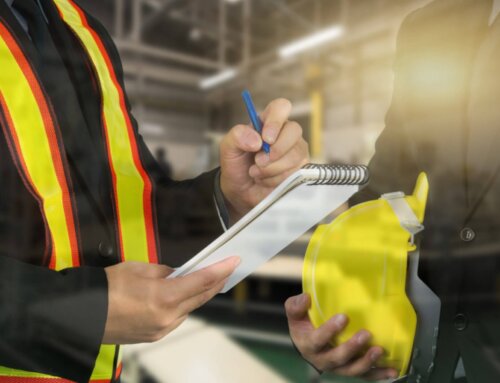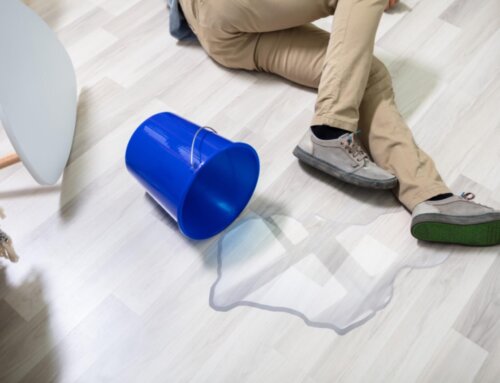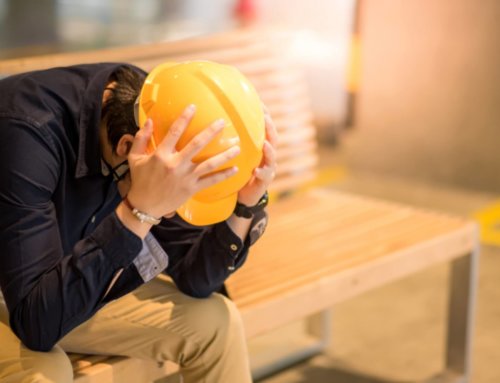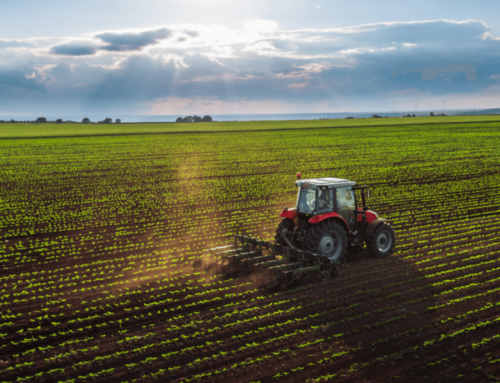The dangers of working at height are obvious. For this reason, the primary purpose of a whole parliamentary statute in the form of the Working at Height Regulations 2005, is to prevent death and injury caused by a fall from height. By rights, no worker should die in an accident at work as a result of falling from height, in Great Britain, in the 21st century. Instead, the reality is that falls from height are the number one cause of fatal accidents at work, every year.
According to the data information site Statista, ‘fall from height accidents’ are the leading cause of fatal workplace incidents in the UK. In the year 2022/2023, a total of forty workers tragically lost their lives due to falls from height, representing nearly 30% of all fatal worker injuries during that period.
Alarmingly, these figures reveal a disturbing 38% increase in fall from height fatalities compared to the previous year, despite the overall long-term trend of decreasing workplace deaths across the UK.
Falls from height in the workplace are repeatedly the leading cause of workplace fatalities, year on year.
This begs the obvious question: if the number of deaths from other types of accidents at work is generally declining, why isn’t that happening in the case of falls from height accidents?
To gain a better understanding of the problem and what employers can do to reduce the number of deaths occurring as a result of this type of workplace accident, first of all, we need to understand what is meant by the phrase ‘falls from height’.
What do we mean by falls from height accidents?
‘Falls from height’ accidents occur when an employee is carrying out work in a location, where if no precautions are in place and they fall they would travel a distance likely to cause a serious or even fatal injury. Some examples of falls from height include falling from:
- Ladders
- Scaffolding
- (and falling through) Roofs
- Cherry Pickers
- Cranes
- Loading Bays
Even falling down a hole in the ground, would classify as a ‘fall from height accident’, if the drop is deep enough to cause injury or death. Examples of this include:
- Road workers replacing drains or carrying out maintenance or replacement of underground pipework or water
- Electricity or telecoms workers carrying out work below ground level.
Surely employers must comply with regulations to ensure their employees don’t fall from height whilst working?
Yes, they do, but first of all let’s not forget that by virtue of common law employers are under a duty of care to take reasonable care of their employees’ health and safety in all circumstances and to take preventative measures to ensure that they do not expose them to unnecessary risk.
However, in addition to the common law duty of care, the Work at Height Regulations 2005 (WAHR) apply wherever employees are required to work at height and there is a risk of them falling and suffering personal injury. The regulations apply to:
- Employers
- Those in control of ‘work at height’ projects.
- Building owners who contract out or employ others to work at height.
The WAHR’s main principle is that working at height should be avoided wherever possible. One way to avoid this is to use extendable tools so that the work can be carried out at ground level instead.
However, there are times when working at heights cannot be avoided. In this situation, it is important to plan carefully how the work at height will be carried out, to ensure the workers required to work at height are safe at all times.
Risk Assessment
An integral part of the preparatory planning will require a detailed risk assessment carrying out. The aim of the risk assessment is to identify all potential dangers that could arise on the particular task at hand.
Safety plans
Pre-project planning will take into account the weather conditions before setting a date when the work at height will start. Safety precautions will be intensified if the project involves on or close to fragile surfaces. May fall from height accidents involve falling through fragile roofs or skylights.
Emergency plans
The planning also involves set out detailed emergency plans that will kick in, the moment anything goes wrong. As an example, should an accident happen, the emergency service vehicles will need to attend the scene. Part of the pre- project planning will be to scope out a route that will be kept clear at all times, to cater for emergency vehicles attending the scene.
Maintenance and inspection
Employers should put in place a robust system of inspection and maintenance of all the equipment that will be used whilst working at height and that includes access equipment such as ladders, scaffolding, safety platforms, netting and personal PPE provided to the individuals carrying out the work.
Most importantly, if working at height can’t be avoided, existing safe places of work should be utilised and where the risk of a fall cannot be eliminated, it’s the employer’s job to ensure the distance an employee might fall is minimised by using the correct type of safety equipment and that the consequences of a fall are also restricted by using netting and other safety equipment to protect all the employees working at height.
The WAHR imposes a requirement on employers to make sure that those engaged in working at height are competent to do so, which means that they must have the skills, knowledge and experience to carry out the task required of them.
It goes without saying that a prudent employer who regularly requires their employees to work at height should ensure that they provide them with suitable training.
As with all work-related regulations, how diligently an employer has carried out their obligations under the WAHR, will often only come to light when an employee suffers serious or fatal accidents as a result of a fall from height and as a result the Health and Safety Executive (HSE) are required to investigate the accident.
HSE Prosecution Cases involving fatal fall from height accidents at work
F was working at a site belonging to M Limited. He was tipping food waste into a skip from a container attached to a forklift truck. At one point F climbed on top of the skip to assist when the container became detached from the Fork Lift Truck, which it was prone to do. The container slipped off the truck causing F to fall to the ground. F died from head injuries.
An HSE investigation found that M limited had not properly assessed the risks involved in what was a daily routine task, had failed to maintain equipment in safe working order and had failed to instruct staff in safe working practices.
P was a roofing contractor who engaged H and a colleague to carry out work at commercial premises in Neasden, North London. H was told to carry out repair work on a tiled roof. He was carrying out the work using a roofing ladder when he fell sixteen feet onto a concrete passageway. H died in hospital from head injuries sustained in the accident.
An HSE investigation found that M had not taken any steps to construct scaffolding around the perimeter of the building to prevent falls from height. M received a 14-month custodial sentence after pleading guilty to a breach of regulation 6(s) of the Work at Height Regulations 2005.
https://press.hse.gov.uk/2023/04/04/roofer-jailed-after-worker-fell-more-than-16-feet-to-his-death/
Summary
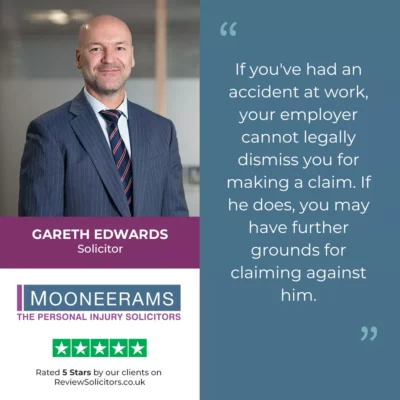
If the rules, regulations, and advice contained in The Working at Height Regulations 2005 were universally followed diligently, the number of fall from height accidents would be much less than it is. Of that there can be little doubt.
However, despite the known risks and the availability of preventive strategies, some employers still fail to take the necessary precautions. Sometimes they take no precautions at all.
There are any number of reasons why some employers don’t take appropriate measures to keep their workers safe when carrying out their duties at height. Some will baulk at the cost of carrying out the necessary safety measures and/or the time it would take to properly plan a safe working from height project. Others may plead a lack of awareness of the dangers inherent in working at height.
In truth, the answer is that many fall from height and other workplace accidents happen as a result of a workplace environment that prioritises productivity over safety.
Sometimes, the easier, cheaper, but inherently dangerous option is too tempting for some employers. Alternatively, shoddy work practices have become the norm in some workplaces. Taking this approach not only endangers lives but also exposes employers to HSE prosecutions, heavy fines, possible prison sentences, and reputational damage.
It also leaves them open to civil proceedings brought by the injured employee or, in the case of a fatal accident, from the employee’s dependents.
That’s why we encourage those injured in an accident at work that isn’t their fault to start a personal injury claim for the injuries they or a loved one has suffered. Not only should they be compensated for the pain and suffering they have endured. Successful accident at work claims make careless employers accountable for their actions, or more likely their inaction.
Mooneerams are an experienced firm of personal injury solicitors who regularly act for clients injured in work-related accidents, including those seriously injured in fall from height accidents.
We have also acted for the loved ones of employees who’ve tragically died as a result of fatal accidents at work.
When you call Mooneerams for a confidential and free discussion about making a possible personal injury claim, you will speak with an experienced member of our award-winning team, with no obligation to take the matter any further unless you wish to do so.
Call Mooneerams now on 029 2048 3615 or contact us online.

